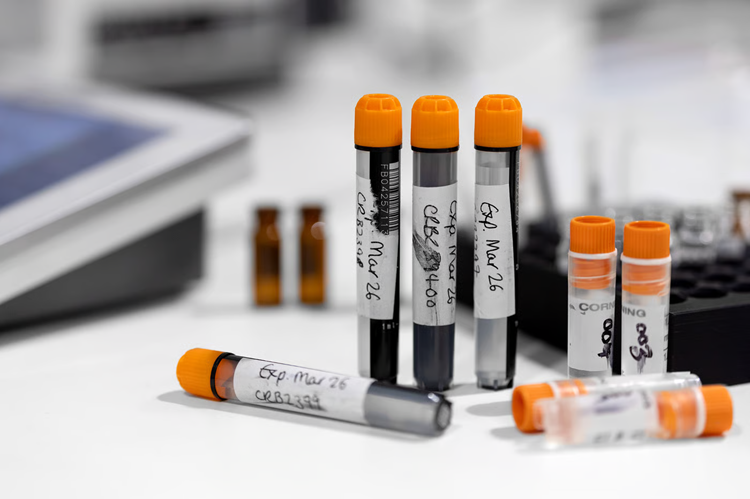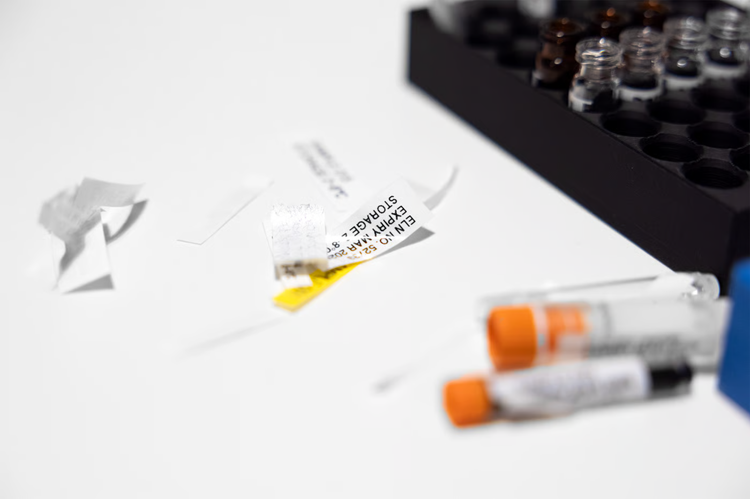Sponsored Content by LabmanReviewed by Maria OsipovaNov 11 2025
Laboratory technicians continue to face many challenges when it comes to labelling, marking, and tracking vials, especially in fast-paced research, clinical, or industrial settings. This article examines the key issues that impact accuracy, workflow efficiency, and data integrity - the hidden bottleneck in many laboratories.
A large number of laboratories still use handwritten, faded, or half-peeling labels on their vials.
Even with all the technological progress, vial labelling remains one of the most overlooked and frustrating challenges in today’s laboratories. Here are a few common issues still seen far too often.

Image Credit: Labman
The label struggle
Manually writing or printing small labels for hundreds of vials is tedious, slow, and prone to mistakes. Labels can fall off, smear, or fade after exposure to freezing or autoclaving. The limited label space often forces people to invent short codes that others struggle to understand later.
The tracking nightmare
Barcodes that are too tiny or curved to scan correctly. Vials that vanish between preparation and analysis – or mysteriously reappear weeks later. Many labs still rely on spreadsheets as their “tracking system.” There is rarely a simple way to identify where a sample is, who last handled it, or what its status might be.
The human factor
Repetitive labelling work leads to fatigue and errors. New team members must learn yet another “custom” set of abbreviations and naming rules. Miscommunication between teams remains common.
The truth is that vial labelling has not evolved alongside laboratory automation. It continues to be treated as a small detail, yet it silently drains productivity and undermines both data quality and compliance.

Image Credit: Labman
Where is the opportunity?
Forward-thinking laboratories are now reimagining vial identification – moving away from disposable labels and fragile adhesives toward direct, permanent marking. No peeling, no fading, no replacements. Only clear, durable, and accurate identification that lasts through freezing, washing, or sterilization.
It is faster, more reliable, and eliminates human error (and the endless rolls of labels) from the workflow.
Acknowledgments
Produced from materials originally authored by Katie Simpson at Labman Automation.
 About Labman
About Labman
Labman is a global leader in creating custom automated laboratory technologies, products, and software that empower and advance scientific discovery. We collaborate across diverse industries, including medical, pharmaceutical, agritech, paints and coatings, and FMCG, to deliver innovative solutions. From our state-of-the-art manufacturing facilities, Labman’s multi-disciplinary teams design, build, and support systems used worldwide, enabling groundbreaking science in leading laboratories every day.
Labman in 2025
Video Credit: Labman
Sponsored Content Policy: News-Medical.net publishes articles and related content that may be derived from sources where we have existing commercial relationships, provided such content adds value to the core editorial ethos of News-Medical.Net which is to educate and inform site visitors interested in medical research, science, medical devices and treatments.